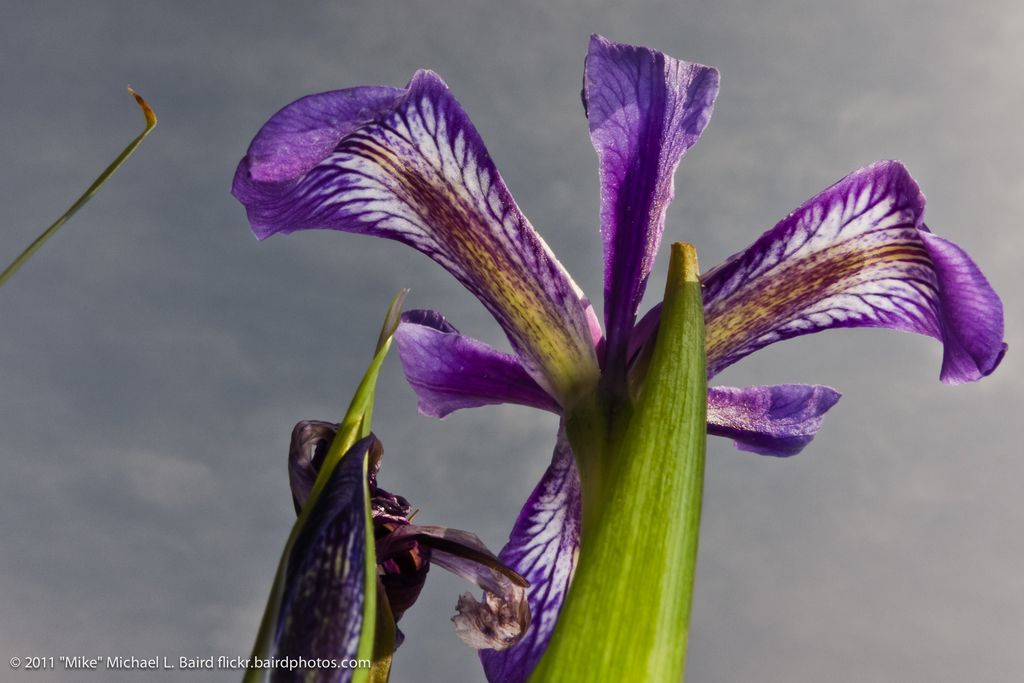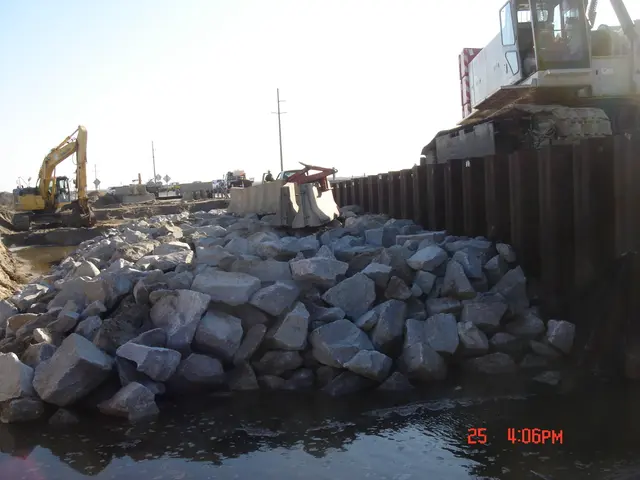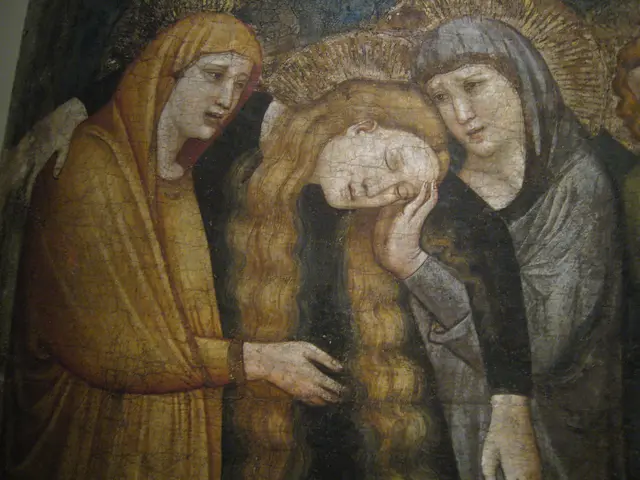Finding Your Script's Perfect Match: Feature Film, Documentary, or Short Film?
Choosing the Right Script Type for Your Tale: Feature Film, Documentary or Short?
Your blockbuster idea doesn't fit into a simple box—it's time to pick the right script format that sets your story soaring on the big (or small) screen! While feature films, documentaries, and short films seem similar, each has its unique qualities, structure, and challenges to bring your masterpiece to life. Buckle up as we explore the three primary script types—feature films, documentaries, and short films—discovering what makes them stand out and helping you decide on the best format for your epic tale.
Feature Film Scripts: Crafting an Epic Tale for the Big Screen
If you envision action-packed sequences, heartwarming dramas, or a romantic comedy that keeps fans hooked till the very end, a feature film script is your go-to choice. These bad boys range from the iconic, like Forrest Gump to edge-of-your-seat thrillers such as Die Hard, and encompass a vast number of genres.
Understanding the Art of Feature Film Scripts
Feature film scripts are long-form narratives, typically ranging from 80 to 120 pages, translating into about 90 minutes to two hours of screen time. The scripts are built using a strong structure that keeps your audience engaged throughout the extended runtime. Most commonly, the three-act structure is employed, which includes:
- Act One: This act introduces the world, characters, and conflict leading to an inciting incident that sets the story in motion.
- Act Two: The longest section, where stakes rise, conflicts deepen, and characters face major obstacles.
- Act Three: The climax and resolution, where the protagonist either achieves or fails in their pursuit.
You don't always have to strictly adhere to this structure; after all, great art bends and breaks the rules! Some writers opt for the five-act structure, offering additional beats for pacing and development.
Writing a Show-stopping Feature Film
To pen a spellbinding feature film script, you need a compelling central character, a well-developed plot, and enough depth to sustain its length. Successful feature films create more than just a story—they craft an immersive experience. For example, the Oscar-winning film Everything Everywhere All at Once achieves this wonderfully, weaving philosophical musings, intense action, and humor around a deeply personal narrative about family, identity, and regret.
Embracing the Challenges of Writing a Feature Film
Maintaining audience engagement over an extended runtime is one of the biggest challenges when writing a feature film script. You'll need to master pacing, ensuring the story develops naturally, without filler or unnecessary slow sections. Additionally, managing subplots is crucial—secondary storylines that enhance the main plot must be handled with care to avoid distracting from the primary narrative.
Documentary Script: Turning Reality into Art
Unlike feature films, your documentary boasts factual, real-life events, people, and narratives. These scripts act as a blueprint for non-fiction films, whether investigative pieces, historical retellings, or deeply personal stories.
Documentary Scripts from Concept to Screen
Unlike fiction, documentary scripts are often written after filming starts. Instead of following a pre-determined plot, documentarians conduct research, gather footage, interviews, and structure their narrative around the captured material.
Animated documentaries, such as the artfully crafted Won't You Be My Neighbor?, take an entirely different approach. They create a visual story that mirrors the narrative of the documented subject, like the life and work of Fred Rogers.
Composing an Engaging Documentary Script
A strong documentary script balances factual accuracy with emotional storytelling. For example, 13th, a powerful documentary directed by Ava DuVernay, uses a tightly constructed argument to shed light on systemic issues, making every scene purposeful in together building its case.
Documentary Scriptwriting Tips
When crafting your documentary script, it's essential to:
- Ensure factual accuracy, allowing emotional and interpretive elements to emerge naturally.
- Develop a clear narrative structure, whether chronological or thematic.
- Use interviews, archival footage, and narration to create a cohesive narrative.
Short Film Script: Pack a Powerful Punch in Minutes
Short film scripts require precise, impactful storytelling. With a shorter run time, typically 5–40 pages, a short film script needs to establish characters, stakes, and themes quickly while delivering a satisfying ending.
Writing and Mastering Short Film Scripts
Short films can be more challenging to write than feature films because every second counts. Key aspects to remember include:
- Crafting an impactful resolution within a brief runtime.
- Starting with a strong, compelling hook.
- Focusing on a single idea or conflict with concise narrative development.
- Developing characters efficiently through action, dialogue, or visual storytelling rather than lengthy backstories.
Picking the Perfect Script Type for Your Story
There's no universal rule for which script format fits each story. A tale might begin as a short and transform into a feature, or a feature could evolve into a gripping documentary. It all depends on your story's scope, structure, and format.
Before you start crafting your masterpiece, consider:
- Scope: Assess whether your story is better suited for a full-length feature film or a short that delivers a powerful punch.
- Format: Determine if your narrative flourishes as a scripted story or a documentary.
- Structure: Will a traditional three-act structure serve your tale, or will a five-act structure or an unconventional approach be more effective?
Understanding these elements will help shape your script from the start, ensuring it hits all the right notes for a captivating, well-rounded story.
Conquering Your Storytelling Journey
You've made it to the homestretch! Here's the biggest takeaway: structure is essential, but it's also crucial to trust your instincts as a talented storyteller. Don't be afraid to break the mold if the traditional rules aren't working for your story.
Choose the perfect script type, and watch as your ideas come to life on the big (or small) screen! Your audience eagerly awaits your cinematic masterpiece. Are you ready to take the plunge?
Caution: Expert Advice for Aspiring Filmmakers
While structure matters, don't forget that every story has its journey. Follow your instincts, write fearlessly, and don't let the rules confine your creativity. With dedication and passion, your story will soar!
First drafts can be rough, but we're here to lend a hand. Navigate your creative journey with our website's powerful tools designed to streamline script structuring and refinement.
- For a tale that requires action-packed sequences, heartwarming dramas, or a romantic comedy with a extensive runtime, consider writing a feature film script, which can range from 80 to 120 pages.
- If you're passionate about crafting non-fiction films using real-life events, people, and narratives, a documentary script might be the best choice, with scripts often written after filming starts.
- For a powerful story that packs a punch in a short runtime, a short film script requires precise, impactful writing, with concise narrative development and a satisfying resolution within a brief span.








